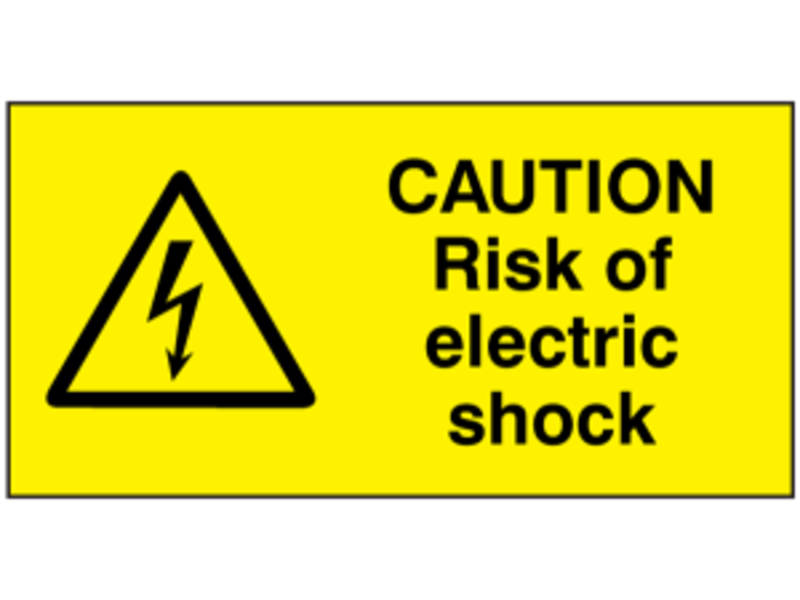
Company culture can be shocking!
Swarm

I have just re-visited an article by Saul McLeod on Stanley Milgram’s experiment studying authority on obedience. This sprung out of some other work I had been doing on leadership and management, and a particular passage in Simon Sineks latest book ‘leaders eat last’.

65% of participants gave a possibly lethal electric shock to the recipient
Part of the findings of this incredibly controversial experiment was that 65% of participants, when instructed by an authority figure, gave a possibly lethal electric shock to the recipient, and all gave a substantial electric charge to the innocent person at the other end! But for me, the most horrifying part of the findings was that not one volunteer pressing the voltage button asked about the well-being of the shock recipient, even with the belief that they may just have killed another human being. In fact, their first thought was passing off the blame to the authority figure, to save themselves from any retribution.
Sinek linked this experiment to company culture, and how weak cultures allow the business figures to outway the importance of the people. As companies grow, they can become physically divorced from the human aspect of the business. Figures on sheets become the driving force, this then transfers to those who supply those figures, forcing them into decisions which may harm colleagues, customers, the business and themselves.
I have witnessed this myself, not so long ago in another company I was told to “stop worrying about the big picture, those who get paid more worry about that”. This was all because I questioned the wisdom of what we, as a company were doing. The figures ruled the roost, every day they were updated, you were judged not on the quality of what you delivered, and the human cost of that delivery, but by the numbers you produced, however you produced them! My context of the situation was this was turning employees inward, protecting themselves, forcing them to make decisions not based on the best interest of the client, or the company, but on behalf of protecting themselves.
The weak culture had allowed creativity to be stifled, departments to become siloed, blame to become more important than solutions, and ultimately decisions made blamed on those above them to protect themselves, sound familiar? Now I am not saying that figures should be ignored, far from it, however, it is only an overview of the situation. Doesn’t it make more sense for the figures to be led by the people rather than the other way around?
The business environment we live in is so fast moving, so uncertain that we cannot hope to cope with it alone. We often here the terms enterprising and entrepreneurial, and we will all have our own thoughts on what theses mean. For me enterprise is about making the most of the resources available to you, to create something different or new. Entrepreneurs are those with the vision to identify those resources, no matter where they may come from and then connect them together for those new or differentiated items.

This means collaboration, trust, the vision of a bigger picture, and in the case of enterprise within companies, or intrapreneurship, the freedom and safety to explore possibilities without the fear of being cut off at the knees for mistakes. As Sinek explores further, the story behind 3M’s post it note is a classic example of a strong culture allowing one persons ‘not quite right’ not to be hidden through fear of retribution, but to be picked up by somebody else and explored further as a collaboration between those who created something as simple, but spectacular as the post it note. And for those who are unaware, the post it note came from a failed glue product, and another employees search for a book mark which didn’t fall out of his church bible, that is the beauty of allowing something out into the world without fear, you never know where inspiration strikes.
So, as an organisation which would you prefer, a mercenary workforce prepared to throw their colleagues and clients to the wolves for profit Or human beings who are empowered to create the next post it note and drive the numbers?
Over to you!
You can find this article and more from Harry Harris here
Swarm Business Manager,Trainer and Mentor